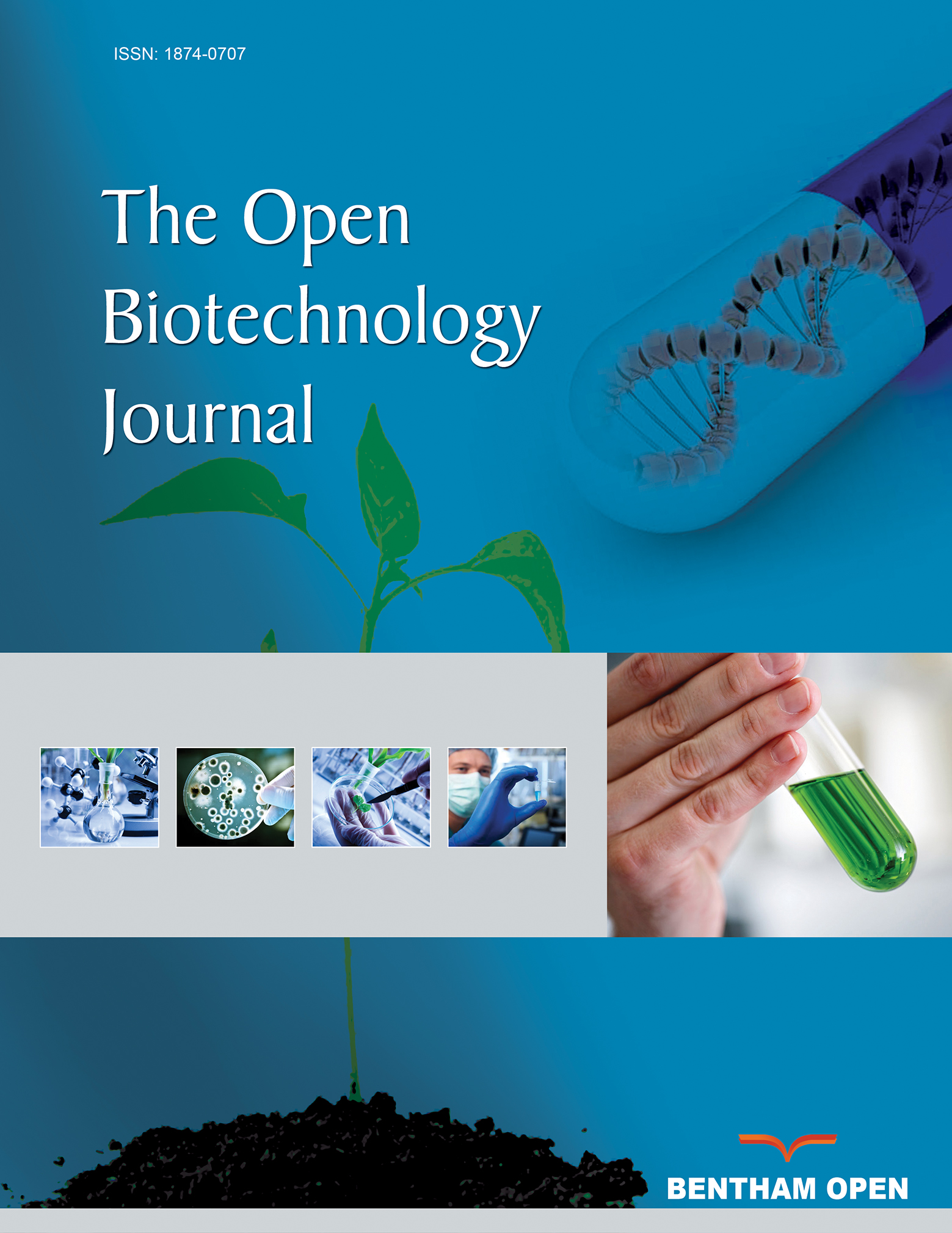All published articles of this journal are available on ScienceDirect.
Optimization of Cellulase Production by Aspergillus niger Isolated from Forest Soil
Abstract
Background:
An impressive increase in the application of cellulases in various fields over the last few decades demands extensive research in improving its quality and large-scale production. Therefore, the current investigation focuses on factors relevant for optimal production of cellulase by Aspergillus niger isolated from forest soil.
Method:
Throughout this study, the fungal strain Aspergillus niger was maintained under the submerged condition for a period of 7 days at 120 rpm rotational speed. Various physical and chemical conditions were employed in examining their influence on cellulase production by the selected fungal strain. After appropriate incubation, culture filtrates were withdrawn and checked for FPase, CMCase, and β-D-glucosidase activities.
Results:
The optimum pH and temperature for cellulase production were found to be 5.0 and 32°C, respectively. Among the various carbon sources tested in the present study, amendment of lactose in the medium yielded peak values of FPase (filter paperase) and CMCase (Carboxy-methyl cellulase) whereas fructose supported the higher titers of β-glucosidase. Among the nitrogen sources, profound FPase and CMCase activity were recorded when urea was used but higher β-glucosidase activity was noticed when yeast extract was added. Various natural lignocellulosic substrates like bagasse, coir, corncob, groundnut shells, litter, rice bran, rice husk, sawdust and wheat bran were tested to find out the induction of cellulase. Among the lignocelluloses, sawdust and litter served as good substrates for cellulase production by Aspergillus niger.
Conclusion:
In gist, the outcome of this study sheds light on the cellulolytic potentiality of the fungal strain Aspergillus niger promising in its future commercial applications which may be economically feasible.


